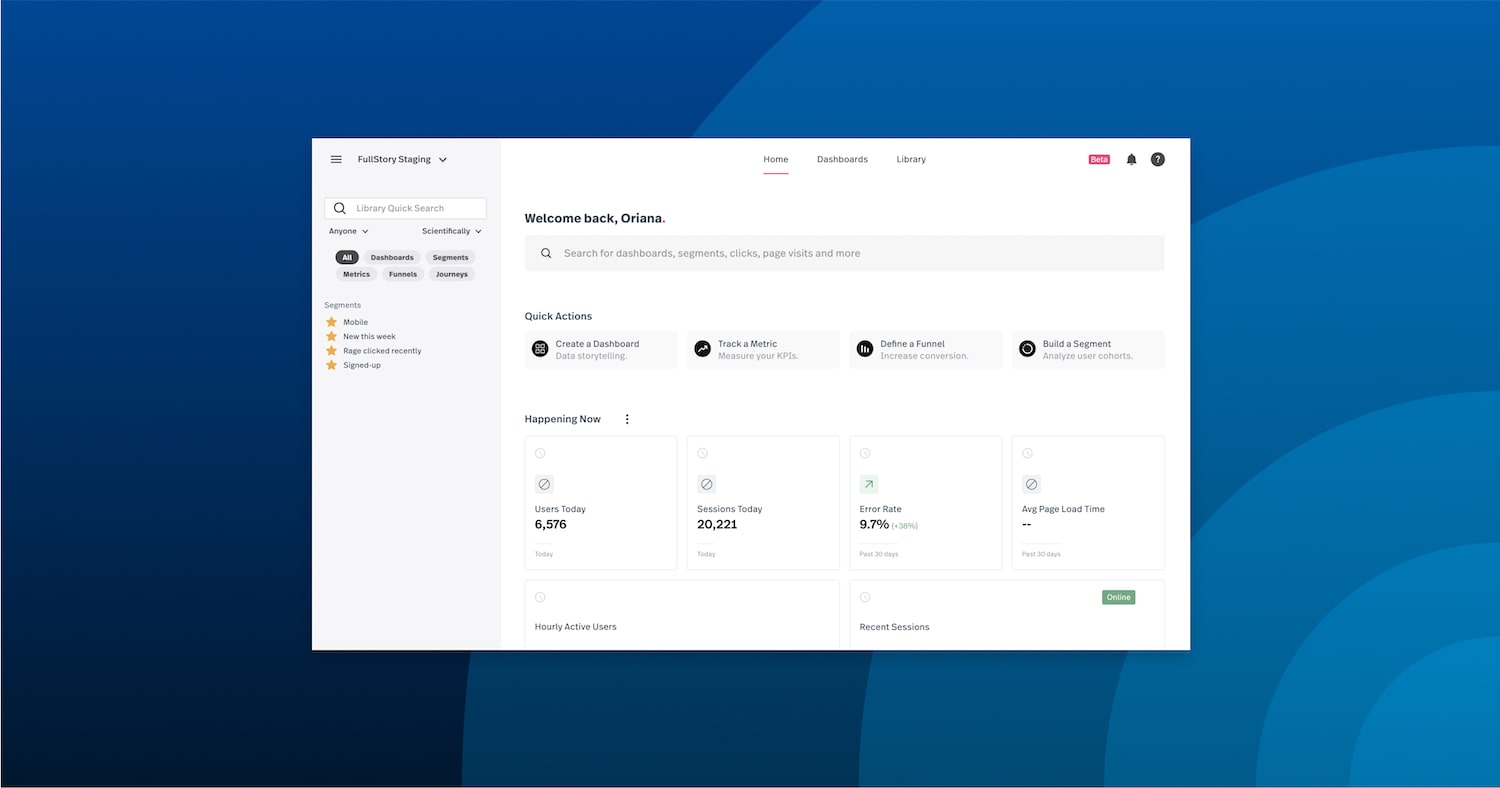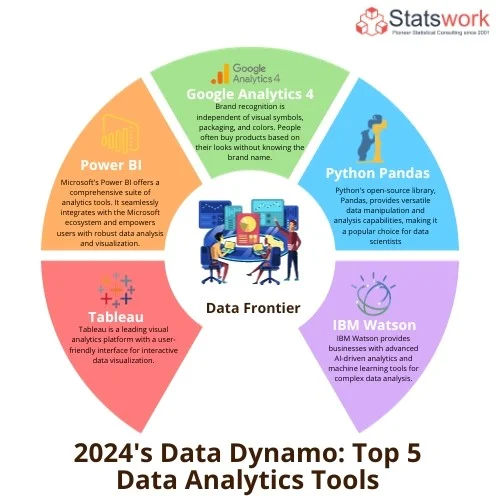Maximize Effectiveness Making Use Of Real-Time Analytics Platforms
Maximize Effectiveness Making Use Of Real-Time Analytics Platforms
Blog Article
Increase Performance and Productivity With Data Analytics
In today's data-driven landscape, companies are progressively acknowledging the pivotal function of data analytics in enhancing functional efficiency and earnings. By systematically assessing data, companies can reveal vital insights that notify critical decisions, enhance processes, and tailor client experiences (Analytics). Nonetheless, the obstacle lies not only in the application of these analytical devices however also in understanding how to equate information into workable end results. As we explore the nuances of reliable data-driven methods, the implications for both short-term gains and long-lasting success come to be increasingly clear. What might these insights expose for your organization?
Comprehending Data Analytics
In today's data-driven landscape, understanding information analytics is crucial for organizations aiming to enhance operational effectiveness and drive productivity. Data analytics includes the methodical computational evaluation of information collections to reveal patterns, correlations, and understandings that inform decision-making. By employing different techniques, such as analytical analysis, artificial intelligence, and anticipating modeling, organizations can change raw information into actionable knowledge.
The process normally starts with information collection, where appropriate details is collected from multiple resources, consisting of transactional databases, customer interactions, and market fads. This data is after that cleaned and arranged to guarantee precision and consistency. Once the information is prepared, logical tools and software are made use of to check out and imagine the information, making it possible for stakeholders to determine patterns and anomalies.
Ultimately, recognizing information analytics equips companies to make informed choices based upon empirical proof as opposed to instinct. It helps with targeted methods that can optimize resource allowance, enhance customer satisfaction, and boost total performance. As organizations increasingly identify the value of data-driven understandings, a solid grasp of information analytics becomes an essential proficiency for leaders and teams alike, positioning them for continual success in a competitive setting.

Key Advantages for Organizations
Businesses that take advantage of data analytics can unlock a plethora of advantages that substantially boost their procedures and profitability. Among the primary advantages is enhanced decision-making. Data analytics supplies workable understandings stemmed from real-time data, permitting companies to make educated options that line up with market demands and customer choices.

Furthermore, information analytics fosters enhanced client experiences. By recognizing client behaviors and choices, services can customize their offerings, leading to increased satisfaction and commitment. This customized method commonly leads to greater conversion prices and repeat company.
Furthermore, information analytics makes it possible for organizations to recognize arising trends and opportunities. By remaining in advance of the curve, companies can take advantage of new markets and developments before their competitors.
Executing Data-Driven Techniques
Successful implementation of data-driven methods calls for a detailed understanding of both readily available information and business objectives resources. Organizations needs to first define their objectives plainly, ensuring alignment in between data efforts and calculated objectives. This quality makes it possible for groups to concentrate on appropriate metrics and understandings that drive decision-making.
High-quality data is crucial for accurate analysis, as poor information can lead to misdirected approaches and thrown away sources - Analytics. Organizations needs to establish procedures for data collection, cleansing, and management to preserve information honesty.
Moreover, cultivating a data-driven culture is important. Workers whatsoever degrees ought to be motivated to utilize data in their everyday procedures. Training programs and workshops can boost information proficiency, equipping team to make informed decisions based upon analytical insights.
Tools and Technologies Introduction
A robust collection of tools and modern technologies is crucial for companies aiming to harness the full capacity of data analytics. These tools assist in the collection, handling, and visualization of information, allowing businesses to acquire workable understandings.
At the fundamental level, data management platforms such as SQL databases and NoSQL systems offer effective data storage space and access capacities. For information handling and evaluation, programs languages like Python and R, along with structures such as Apache Glow, make it possible for intricate estimations and machine learning applications.
Visualization tools, consisting of Tableau and Power BI, change raw information right into user-friendly visual layouts, making insights easily accessible to stakeholders in any way levels. Furthermore, cloud-based systems like Google Cloud and AWS use scalable storage and processing remedies, fitting the growing volumes anonymous of information organizations run into.
For sophisticated analytics, predictive modeling and AI-driven services are increasingly adopted, permitting business to forecast patterns and boost decision-making processes. Incorporating these tools right into existing operations is critical; organizations that efficiently utilize this technology can dramatically enhance functional efficiency and drive productivity. Therefore, purchasing the right devices and modern technologies is a critical necessary for any type of data-driven organization.
Situation Research Studies of Success
Leveraging information analytics has led many companies to accomplish impressive improvements in efficiency and productivity. One noteworthy situation is a huge retail chain that implemented anticipating analytics to enhance supply administration. By analyzing historical sales information and consumer trends, the business minimized excess supply by 30%, leading to considerable price financial savings and boosted cash money flow.
One more example can be discovered in the production field, where a leading auto producer utilized data analytics to enhance its production procedures. By monitoring equipment efficiency in real-time, the organization determined bottlenecks and ineffectiveness, resulting in a 20% increase in total devices performance (OEE) This not just improved production rates however likewise reduced downtime and maintenance expenses.

These study show exactly how information analytics can drive critical decision-making, optimize procedures, and eventually enhance both performance and success throughout different fields.
Verdict
Finally, the assimilation of data analytics Analytics right into business operations offers considerable possibilities for improving performance and profitability. By methodically analyzing data, organizations can recognize ineffectiveness, maximize customer experiences, and make informed choices. The adoption of predictive modeling and real-time surveillance better allows services to remain ahead of arising trends and allocate resources properly. Eventually, the critical implementation of data-driven approaches promotes continual competitive advantages and drives substantial enhancements in operational performance and monetary results.
In today's data-driven landscape, recognizing information analytics is vital for organizations intending to enhance operational performance and drive productivity. Data analytics includes the methodical computational evaluation of information sets to uncover patterns, correlations, and understandings that notify decision-making. Data analytics offers actionable insights derived from real-time data, allowing services to make educated selections that straighten with market demands and consumer choices.
Premium data is important for precise analysis, as poor data can lead to illinformed methods and wasted sources. Organizations needs to establish processes for data collection, cleansing, and administration to keep information integrity.
Report this page